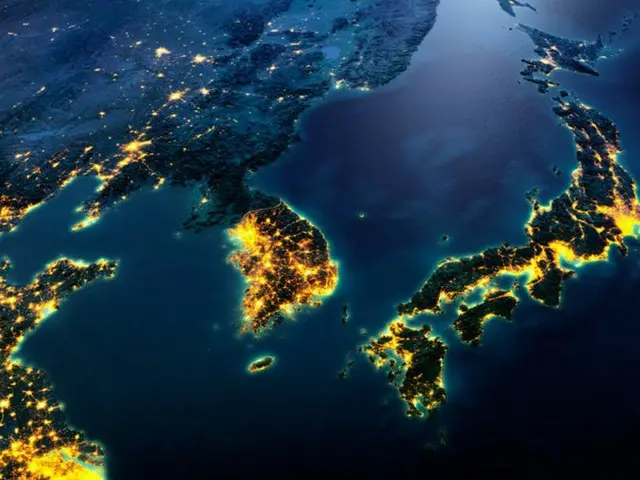The lightning annual report was compiled by analyzing data collected from 21 lightning observation networks run by the Japan Meteorological Agency, and is categorized into the number of lightning strikes by month, metropolitan city and province, city, county and district, and unit area.
The report includes information on the number of strikes (km2), spatial distribution of lightning strikes, and the top five major lightning strike cases. According to the report, there were 73,341 lightning strikes observed in Korea last year, and 100,000 in the past 10 years.
The number of lightning strikes per year by metropolitan city and province nationwide was 21.5% lower than the average of 93,000 strikes in the previous year. North Gyeongsang Province had the most, at 18% (12,982 strikes), followed by Gangnam-do, which had the most, at 13,000 strikes.
Gangwon Special Self-Governing Province (11,973 times) and Gyeonggi Province (11,271 times) followed, with Daejeon Metropolitan City having the fewest observations with 270 times.
Last year, about 75% of lightning strikes occurred in the summer (June to August), which was similar to the average for the past 10 years. However, there were more lightning strikes in June than average, and fewer in August.
The monthly characteristics are somewhat different from those of the past 10 years. The month with the most lightning strikes was July, with 25,346 strikes (about 35%). In particular, on July 26, the number of lightning strikes recorded was about 10% (7.5%) of last year's total.
The 2023 Lightning Strike Annual Report can be downloaded from the Meteorological Administration Nurichip > Reference Room > Meteorological Publications > Lightning Strike Annual Report.
The document will be provided as an electronic file (PDF). Yoo Hee-dong, director of the Korea Meteorological Administration, said, "Since the COVID-19 outbreak, people have been exposed to more outdoor activities, which has led to greater exposure to lightning.
"Particular caution is needed during the summer when lightning strikes are most prevalent," he said. "It is important to carefully check the real-time lightning information provided by the Japan Meteorological Agency, refrain from outdoor activities during thunderstorms, and become familiar with the rules for safe behavior."
Stated.
2024/05/31 21:29 KST
Copyrights(C) Edaily wowkorea.jp 78

